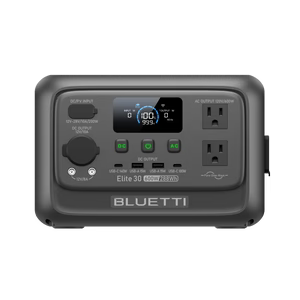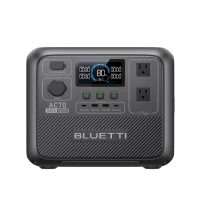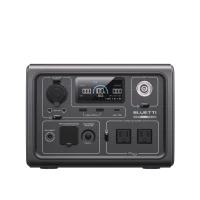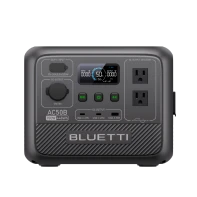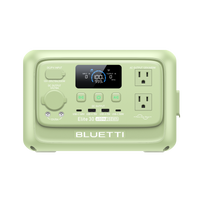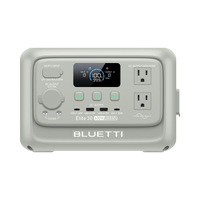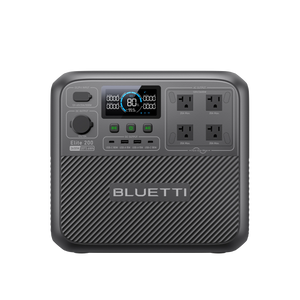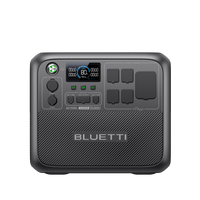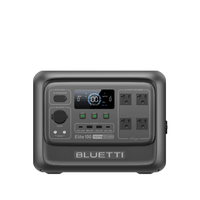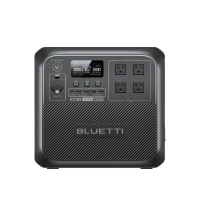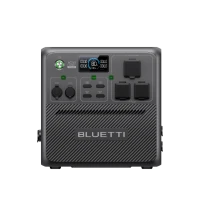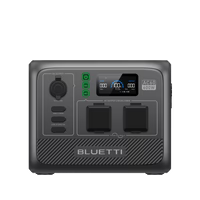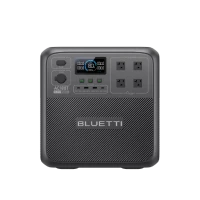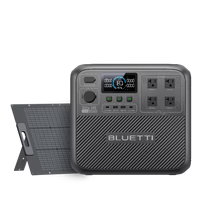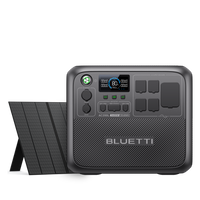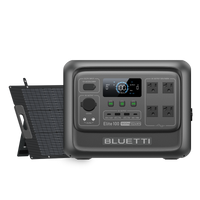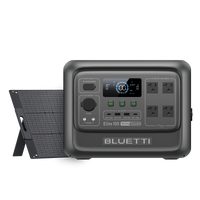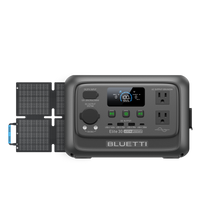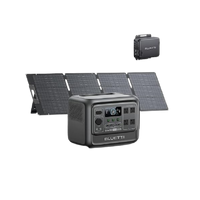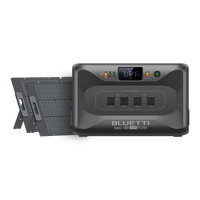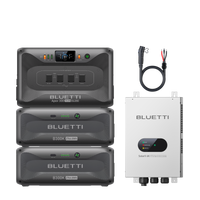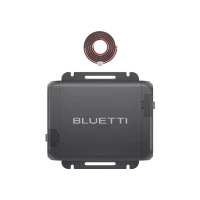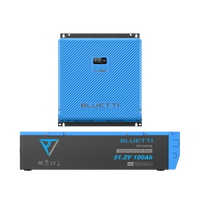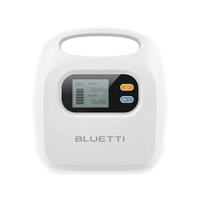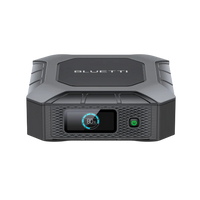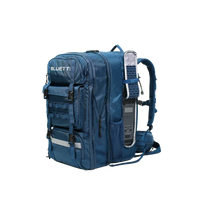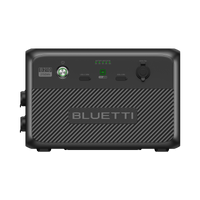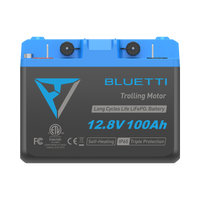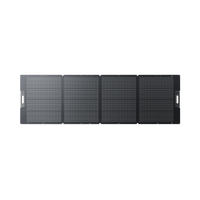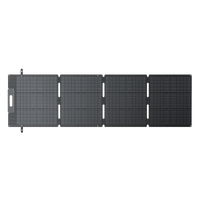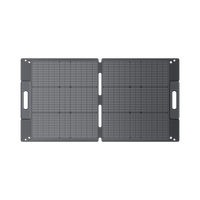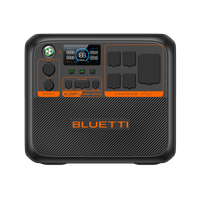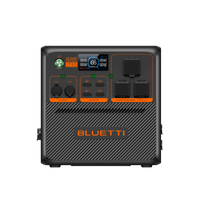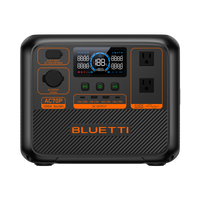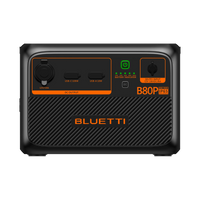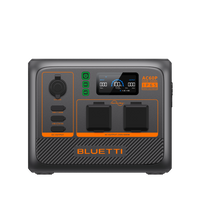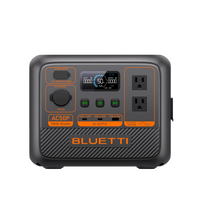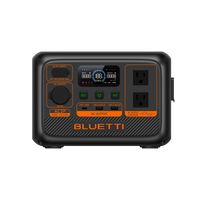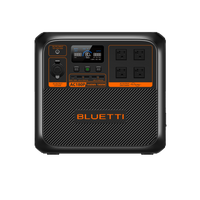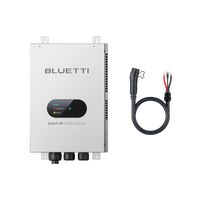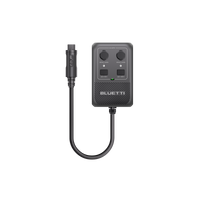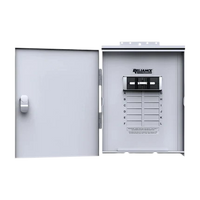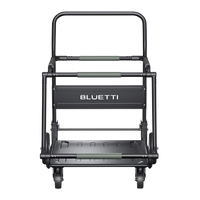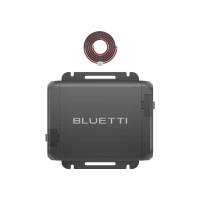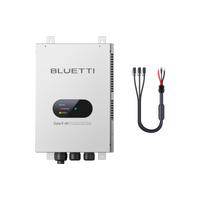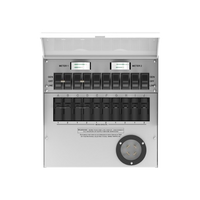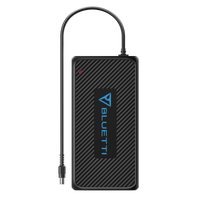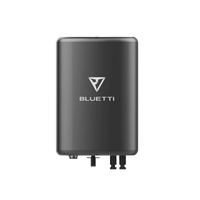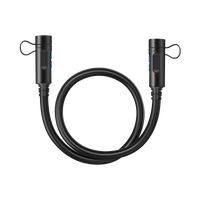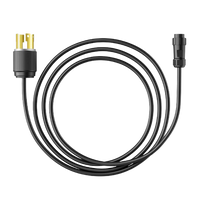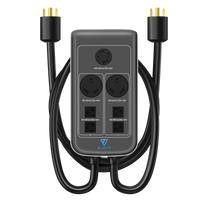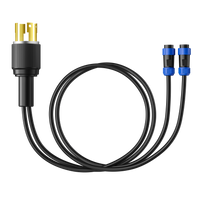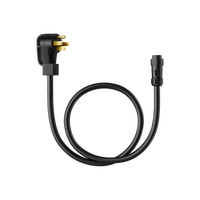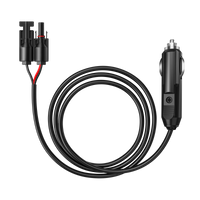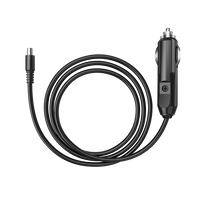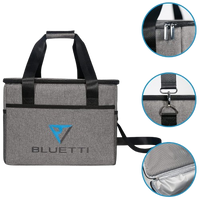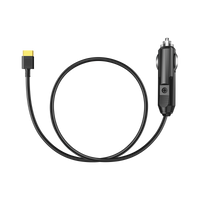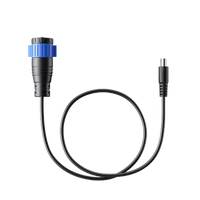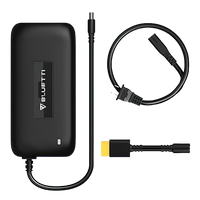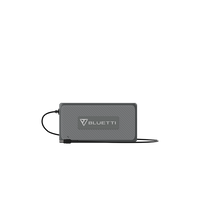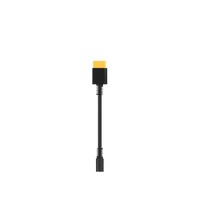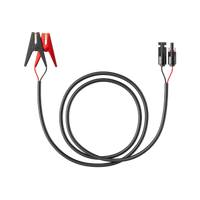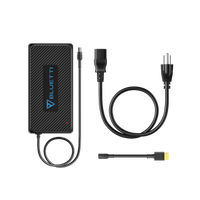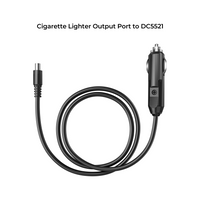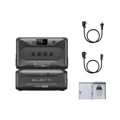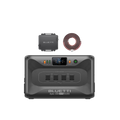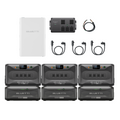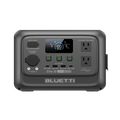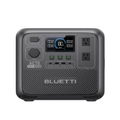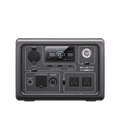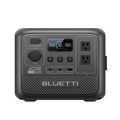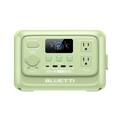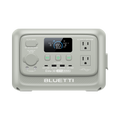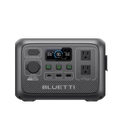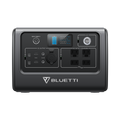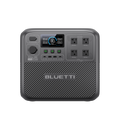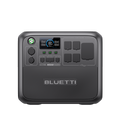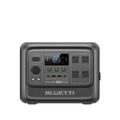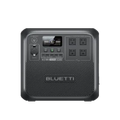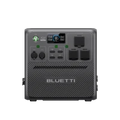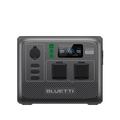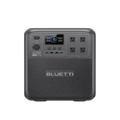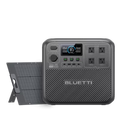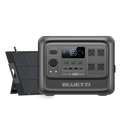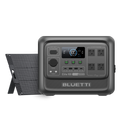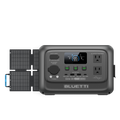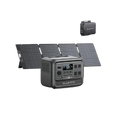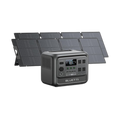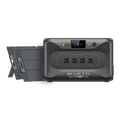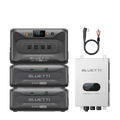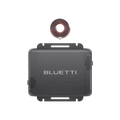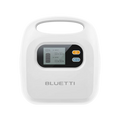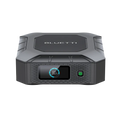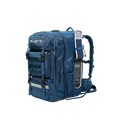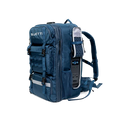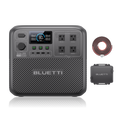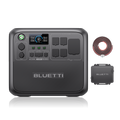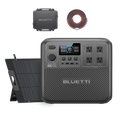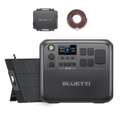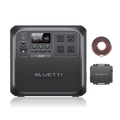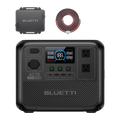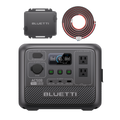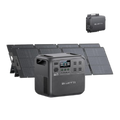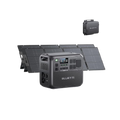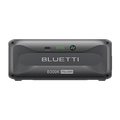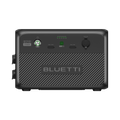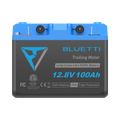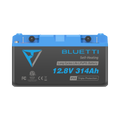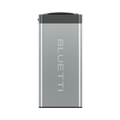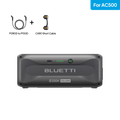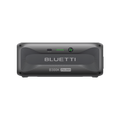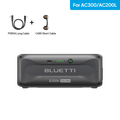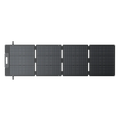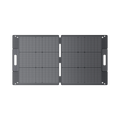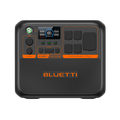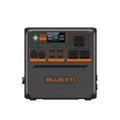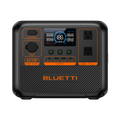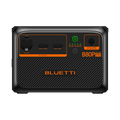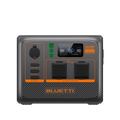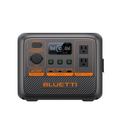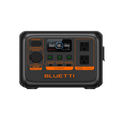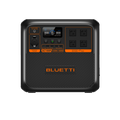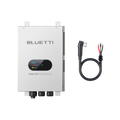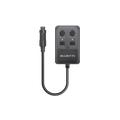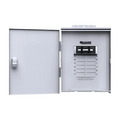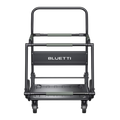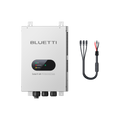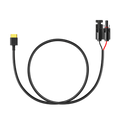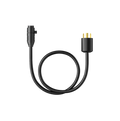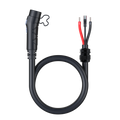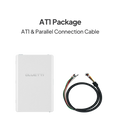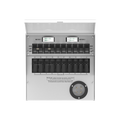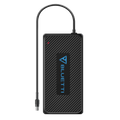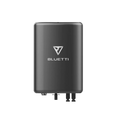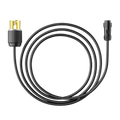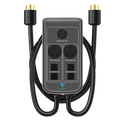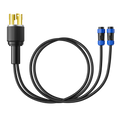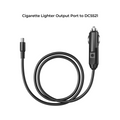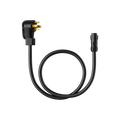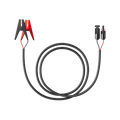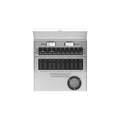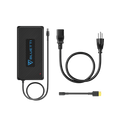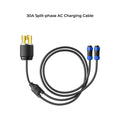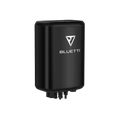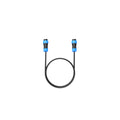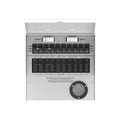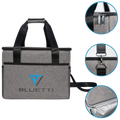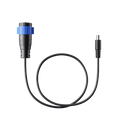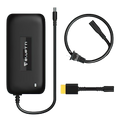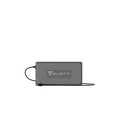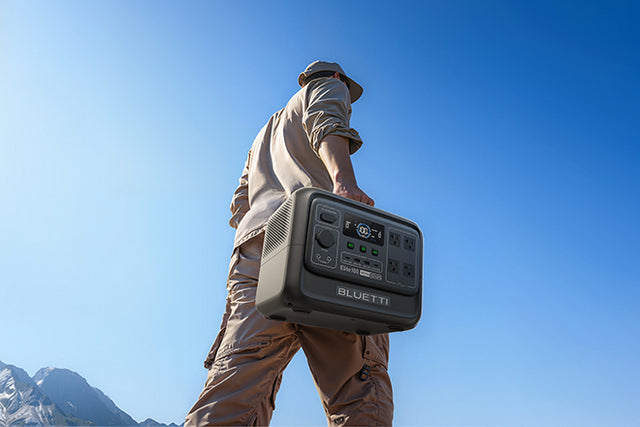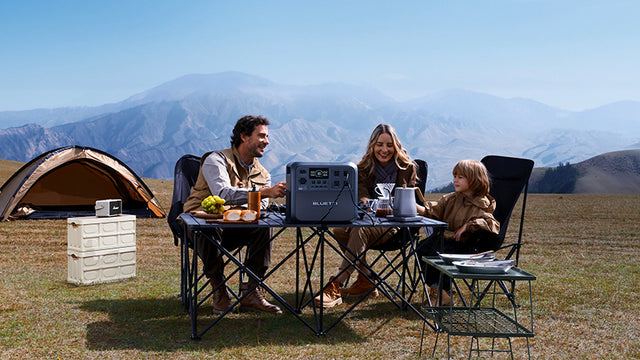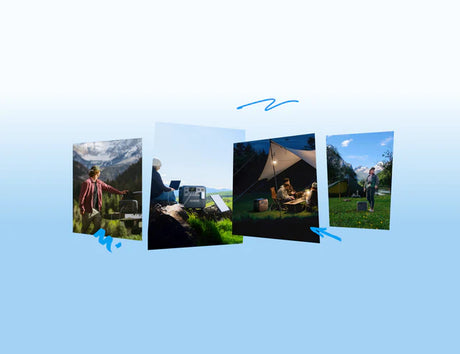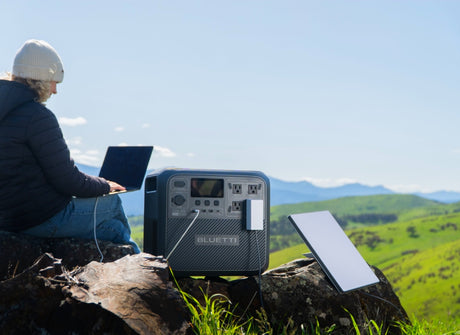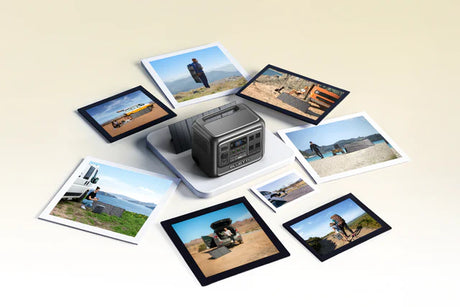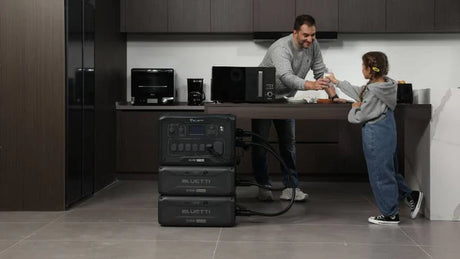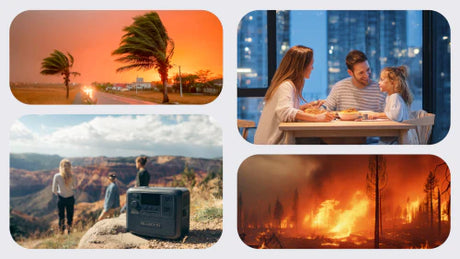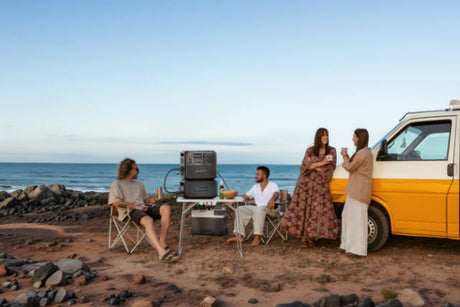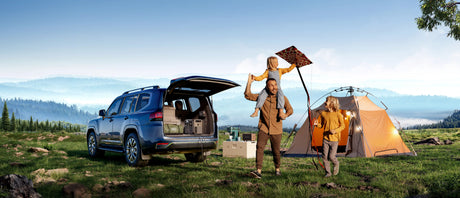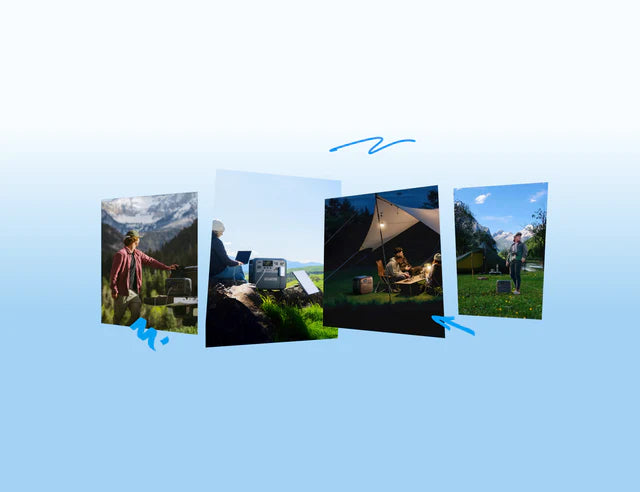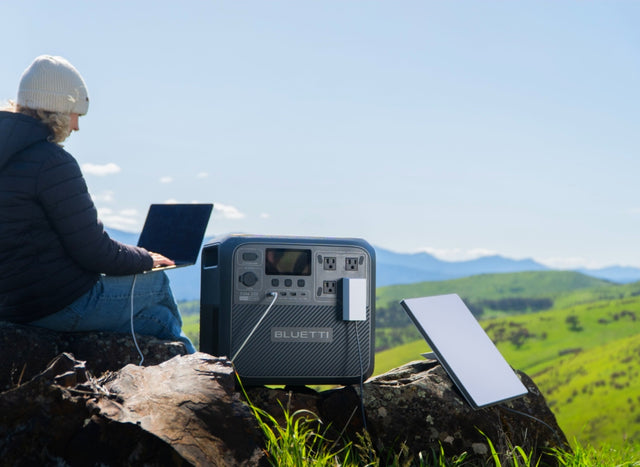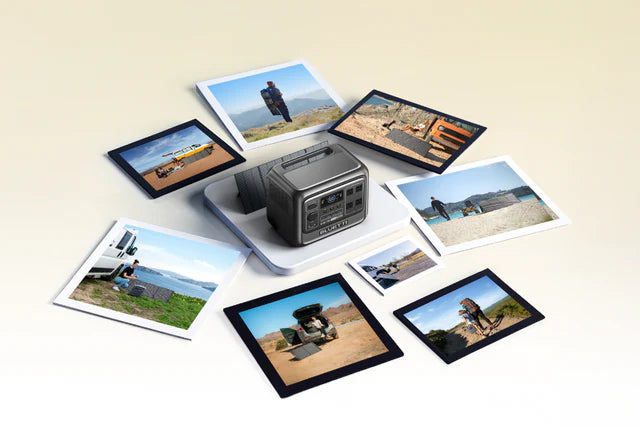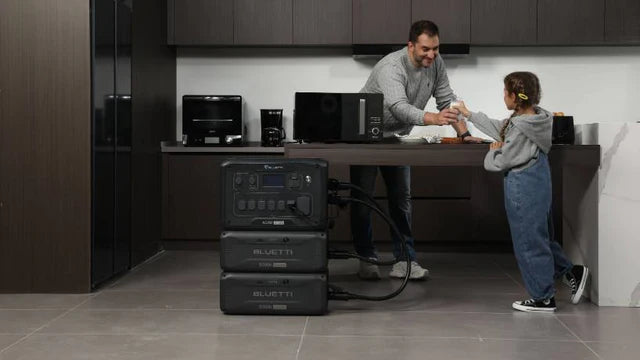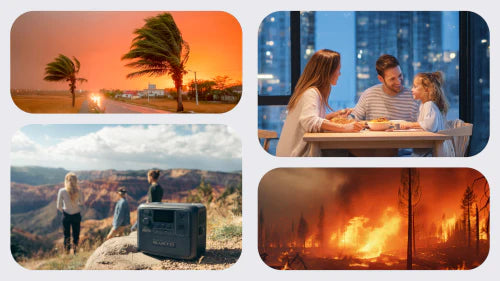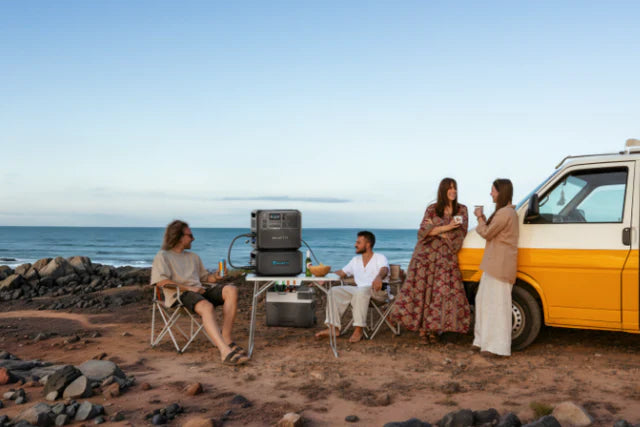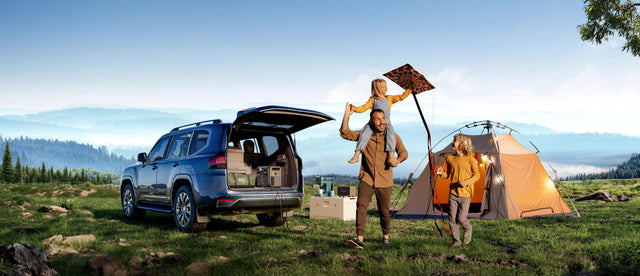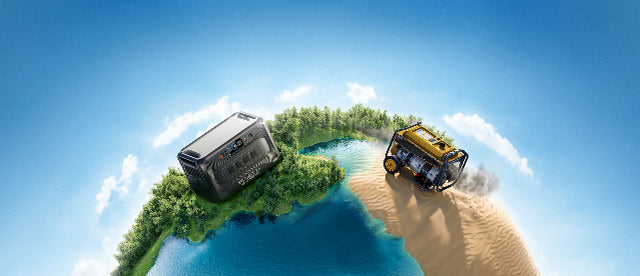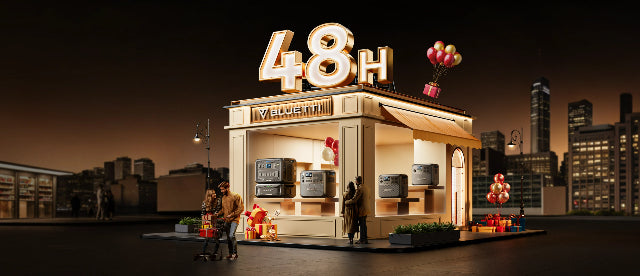An emergency preparedness kit isn’t just another formality to check off your list as a Canadian or resident. Instead, a well-thought-out kit would make a difference in the first 72 hours of a power grid failure, ice and winter storms, blizzards, or other unforeseen circumstances.
That’s why we’ve developed a comprehensive emergency preparedness kit guide for all situations below. No matter your family size and where you live, this guide will have you set up in no time.
What Are the Essentials for an Emergency Preparedness Kit?
Different people have unique tastes that’ll define other additions to their emergency go-to bags. However, there are non-negotiable essentials that everyone should have. This includes food, water, and hygiene products, among other things.
So, keep reading to understand what to pack before all else.
Water and Food
| Items | Per Person |
|---|---|
| Water | 4 liters per day |
| Food (non-perishable) | 3-day supply |
| Special needs diet | 3-day supply |
Keep enough food to last 72 hours, at least. A good rule is to not include perishable meals in your emergency go-to kit. Otherwise, you might be left stranded when there’s a power outage.
Likewise, consider your family size when making allocations for food and water. With enough water and non-perishable food items for everyone, you avoid having to ration food.
Finally, note any allergies or special dietary needs. After all, it might be more challenging to respect those dietary needs if you waited till the last minute to plan.
Power and Communication
| Items | Per Person |
|---|---|
| Flashlight | 1 |
| Battery-powered hand radio | 1 |
| Extra Batteries | Custom |
| Portable power supply | N/A |
Disasters are often associated with power outages, which could also bring down communication lines. That’s why you need to make provisions for keeping in touch with your loved ones while also retaining a power source.

The table above provides an insight into what you need to pack. In the next section of this guide, we will talk about portable power supply recommendations for different scenarios.
Health and First Aid
| Health Kit | Items |
|---|---|
| First Aid | Tweezers, adhesive tape, bandages, scissors, first aid guide, thermometer, disposable gloves, etc. |
| Prescription medication | Speak with your physician |
| Personal medical items | Speak with your physician |
You should have medication and first aid units in an easy-to-access emergency preparedness kit.
Remember that you might be unable to go out to get these items in the middle of a blizzard or earthquake, for example. Likewise, emergency care centers could be overloaded. Even if you could reach them, you might be unable to get any attention or the medications you want.
The quick reference table above will help you get started.
Safety
Preparing for an emergency isn’t just about preparing to survive. You should also be comfortable and safe while the disaster response is underway.

Here are a few items that can help improve your safety and comfort during the first 72 hours:
- Whistle – Or any other signal device. This can be used to signal your location to emergency response teams, neighbors, friends, and family. It can also be used for long-distance communication or in case your radios give out.
- Appropriate clothing – Don’t just pack the best clothes in your wardrobe. Instead, pack functional wear like ponchos, warm clothing, blankets, and gloves. These materials help you withstand the outdoors and severe conditions while waiting for help.
- Dust mask – A dust mask is crucial during earthquakes, storms, and other disasters that may kick up dust. If your region is prone to these occurrences, we recommend a dust mask instead. They can last longer and filter air better.
Hygiene and Sanitation
Using the bathroom and cleaning up are essential parts of human living. Unfortunately, it’s often one of the most overlooked. If not properly catered to, this can lead to discomfort.
You shouldn’t just throw in all of your grooming supplies. Instead, keep it to the practical stuff. That way, you can grab your emergency go-to bag and get moving at a moment’s notice without the weight bogging you down.
Hence, include these essentials before anything else:
- Toilet paper.
- Wet wipes.
- Hand sanitizer.
- Garbage bags.
Identity and Navigation
What if you need to identify yourself to local law enforcement? How about needing to move around your area, but without the support of Google Maps? What happens when your debit and credit cards don’t work?
Here’s how to be prepared to tackle these questions:
- Get copies of your IDs handy. You can keep these in a watertight plastic bag inside your emergency preparedness kit.
- Emergency contact list. Print out your emergency contacts’ details (phone numbers) and keep them somewhere safe.
- Cash. Small bills are preferable since you’ll only be getting essentials, and you don’t want to be stuck without change.
- Paper map of your area. Many people know their areas well enough to get around. In the case of an earthquake or storm, though, you might need to take unconventional paths, which a map will show you.
Essentials Checklist for 72-Hour Emergency Survival Kit
🧰 Universal Supplies Checklist
Water & Food
- Minimum of 4L of water per person per day
- Non-perishable food for 3 days
- Manual can opener
Power & Communication
- Flashlight and battery-powered or hand-crank radio
- Extra batteries
- Portable power supply to keep your phone and key devices running
Health & First Aid
- Basic first aid kit
- Prescription medications and personal medical items
Safety & Comfort
- Whistle or signal device
- Warm clothing, blankets, gloves, and a rain poncho
- Dust mask or respirator
Hygiene & Sanitation
- Toilet paper, wet wipes, hand sanitizer, and garbage bags
Identity & Navigation
- Copies of ID, insurance, and medical records
- Emergency contact list
- Cash (small bills)
- Paper map of your area
Home Emergency Preparedness Kit
Applicability: Homes, shelters, offices.
Disasters: Extended power outages, storms, blizzards, blackouts, grid instability.
Ideal for: Families, homeowners, shelter dwellers, and office managers.
Goal: Stay safe; stay fed; stay powered.
Our homes and offices in areas prone to extended power outages, storms, blizzards, blackouts, and grid instability should start with the essential checklist above. However, that’s not enough.
Many smartphones, laptops, routers, and other electronics are designed to last a few hours on battery. At best, you get 24 hours of power on these units. That may leave you cut off from the outside world for the remainder 48 hours.
Such a loss of access to your devices may raise your anxiety levels as you have no way of reaching the outside world. With power outages, it would also be challenging to keep essential appliances in the home, like your microwave and induction cookers, running.
That’s why you should get a portable power supply, like the BLUETTI AC300. This unit relies on solar power, so you never have to wait for electricity, which may be out, or fuel, which you might be unable to access. You can even extend the BLUETTI AC300’s power storage capacity with a B300K expansion battery, easily guaranteeing multi-day usage.
The best thing about this portable power station is that it does more than charge your phones. It also keeps your Wi-Fi and laptops running and will power your TV to ensure you keep getting essential news items.
Furthermore, it’s capable of running your refrigerators, microwaves, and induction cooktops. That’s crucial in times like this since you can keep your meals fresh and prepare new ones without using gas, which could also have been cut off in the emergency.
Finally, it supports medical devices such as oxygen concentrators. That makes it a lifesaver (literally) for members of your household depending on these medical devices for comfortable living. Speaking of comfort, you can hook it up to energy-efficient space heaters or fans to maintain in-home comfort during the wait.
Once you’ve sorted your power supply, look around your home for other essentials that fit with your lifestyle. Here are some suggestions:
- Fire extinguisher.
- Child care items.
- Pet care items.
- Cooking supplies.
- Sleeping bags.
- Indoor space heaters.
- Water purification tablets.
- Entertainment. Books, board games, etc.
Grab-and-Go Emergency Bag
Disasters: Wildfires, earthquakes, and chemical hazards.
Ideal For: Apartment dwellers, urban residents, high-risk zone dwellers.
Goal: Quick evacuation, comfort, and safety.
The first thing to consider in this situation is weight, which isn’t a concern with the home emergency kit. That’s because you’d have to pick up this bag and move in seconds or minutes. So, you don’t have the luxury of lugging weight around.

This requires careful planning of your essentials, boiling them down into the things that you absolutely cannot live without for 72 hours. You can start with the essentials list above. However, you’re still left without a power source. That’s where the lightweight and portable BLUETTI EB3A comes into the mix.
At 4.6kg, anyone can carry it by hand, and it fits in your backpack! You’ll especially like that it can charge to about 80% of its capacity, via a power outlet, in about half an hour.
With this power, it’ll be ready to charge your phones, laptops, portable GPS units, rechargeable lamps, and fans for the first 72 hours. For context, a fully charged BLUETTI EB3A will fully recharge your smartphone up to 30 times, and up to 5 times for your laptop.
But what if you can’t access the power grid? Thankfully, the BLUETTI EB3A also supports solar charging. That, or you could charge it from your car. Thus, providing the kind of flexibility that gives you comfort in trying times.
Once you have this and other essentials from above in your go-bag, you may also need some of the items below for the road:
- Waterproof pouch. For IDs and documents.
- Backpack. Only strong and durable units. You can also use a duffel bag, but don’t pack it too heavily.
- Bottled water. Lightweight/collapsible bottles are easily carried and refilled.
- Personal hygiene kit. Toothpaste, toothbrush, shaving kit, etc.
- Charging cables. For your phones and laptops. The BLUETTI EB3A offers AC outlets and USB-C and USB-A ports.
- Spare keys.
Car Emergency Preparedness Kit
Applicability: Cars, trucks, RVs, camper vans.
Disasters: Winter storms, breakdowns, long-distance/inaccessible travel areas.
Ideal For: Families, outdoor adventurers, drivers, truckers.
Goal: Mobility, comfort, communication.
Here’s a good rule to live by if you spend a lot of time in your car, RV or camper van: always have an emergency preparedness kit handy. This is even more important for Canadians and residents in colder regions.
A car emergency preparedness kit should contain fuel-efficient items, lightweight yet warm clothing, and practical gear. Here's what we recommend:
- Basic automotive tools. Keep a jack, lug wrench, screwdriver, tire repair kit and other essential tools.
- Blanket and warm clothing. These items help you stay warm comfortably if you get stuck in a snowstorm.
- Roadside assistance kit. Include reflective safety vests, safety triangles or flares, jumper cables, tire inflators, and recovery straps.
- Portable Power Station. Consider adding a portable power station, such as the lightweight and compact BLUETTI AC60P. It pairs well with your vehicle’s setup, running devices like a smartphone, GPS, heater, and refrigerator — while also being rechargeable via your car or solar panels.
- Bottled water and non-perishable food. Easy-to-store, high-energy snacks, energy bars, and water help keep your hydration level and energy up.
- Charging cables. Don't forget the car-compatible charging cables for your phones and other electronic devices.
- First-aid kit. Include standard first-aid items like bandages, antiseptic wipes, adhesive tapes, gauze, and pain relievers.
- Flashlight and batteries. Always carry at least one high-powered flashlight with extra batteries.
- Snow shovel, ice scraper, and snow brush. Absolutely essential for Canadians traveling in snowy regions.
Emergency Preparedness Kit FAQs
Where should you store an emergency preparedness kit?
Always store your emergency kit in an accessible, easy-to-grab location. For example, keep your grab-and-go bag near an easily-accessible exit point at home or work. For car and RV-based kits, secure them safely in the back, trunk, or storage compartment.
How often should you update your emergency kit?
Check and update your emergency kit at least twice annually. Replace expired items, replenish supplies, review any changes that impact your needs (like medications or family member changes), and adjust your kit accordingly.
What is the best source of emergency power?
Portable solar power stations offer reliability and versatility in emergencies. They use renewable energy and ensure continual power without depending solely on fuel or the electrical grid. Brands such as BLUETTI provide rugged, reliable, and efficient solar-powered portable stations suitable for varied scenarios.
How much water do I need in an emergency?
The recommended minimum is about 4 liters (around 1 gallon) per person daily, covering drinking and hygiene purposes. Always store enough water for at least 72 hours (3 days) per person.
Do emergency preparedness kits differ by region?
Yes. Regions prone to specific disasters (earthquakes, hurricanes, snowstorms, wildfires) will prioritize particular items. Canadians, for instance, must include snow gear, power sources, warm clothing, and effective heating solutions due to cold-weather conditions.
Conclusion
Preparing your emergency kit tailored to your specific environment is vital during any emergency or disaster. It'll help you stay comfortable and safe and handle the first critical 72 hours smoothly.
With proper emergency preparedness, including stocking up on essential supplies and equipping your home/car with reliable backup power solutions (such as BLUETTI power stations), you and your family significantly boost your comfort and survival chances during an emergency.
Remember, the key is not just to survive — it's essential to stay comfortable, informed, and connected as you ride through turbulent times.






